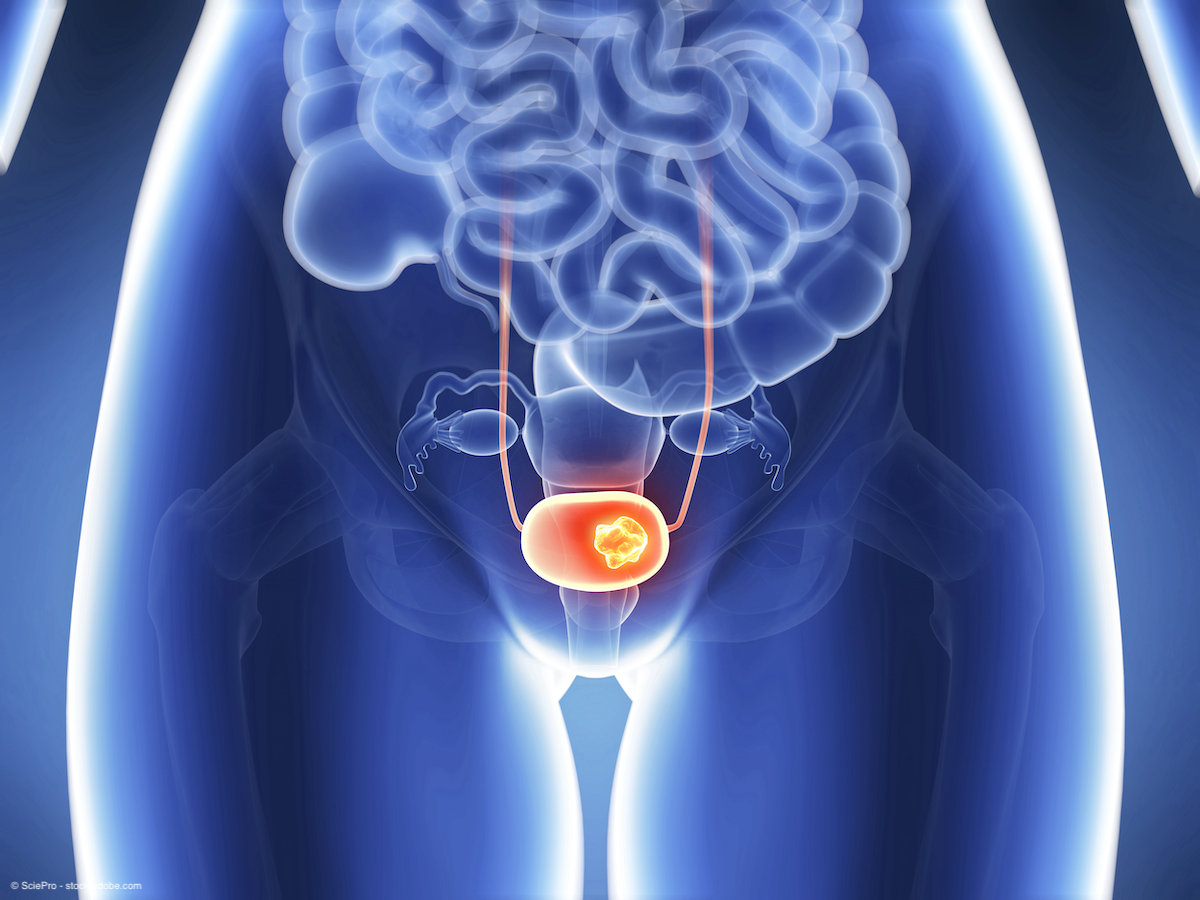Publication
Article
Urology Times Journal
Cxbladder Monitor testing found to reduce frequency of cystoscopy for patients with NMIBC
Author(s):
No CxM-negative patients had findings of a recurrent tumor on a follow-up cystoscopy.
Cxbladder Monitor (CxM) testing was found to safely reduce the frequency of surveillance cystoscopy in patients with non–muscle-invasive bladder cancer (NMIBC). The findings were published in Urologic Oncology.1
The sensitivity and specificity of CxM was found to be 1.0 and 0.78, respectively.

“One of the major advantages of our study is that patients did not need to come into the clinic to receive the test. This is a significant benefit for bladder cancer patients, who often have to undergo frequent surveillance cystoscopies. With home-based testing, patients can easily perform the test at home and avoid the inconvenience and discomfort of traveling to the clinic. This approach has never been studied before in the literature for Cxbladder Monitor, and we believe it has the potential to revolutionize the way we monitor and manage bladder cancer,” said Kevin D. Li in correspondence with Urology Times®. Li is a medical student at the University of California, San Francisco (UCSF) School of Medicine.
The prospective study identified patients with NMIBC who were due for surveillance cystoscopy at UCSF (n=57) and the University of Michigan (n=35) between March 2020 and June 2020. More than 50% of patients included in the study had high risk disease per American Urological Association Risk Stratification, which Li noted strengthens the generalizability of the test to patients with more aggressive disease.
Patients were offered a CxM home-test as an alternative to an in-person cystoscopy after receiving eligibility based on a chart review by the physician and nursing team. Eligible patients included those who received their primary diagnosis more than 6 months prior, received a recurrent diagnosis 9 months prior, were more than 3 weeks from receiving urethral instrumentation, more than 3 weeks from receiving intravesical chemotherapy, and at least 6 weeks from BCG.
Of all eligible patients, 92 participants with urothelial carcinoma received CxM. Two eligible participants declined testing due to sociodemographic factors. Patients did not significantly differ in gender, age, ethnicity, history of smoking or prior pelvic radiation, prior upper tract urothelial cancer, and prior recurrences.
Findings from the study showed that among those who underwent CxM testing, 66 patients were CxM negative and delayed cystoscopy until their next appointment. Median follow-up time was 4 months. No CxM-negative patients had findings of a recurrent tumor on a follow-up cystoscopy. Among these patients, 6 did not attend follow-up, 4 elected to receive an additional CxM as opposed to cystoscopy, 2 stopped surveillance, and 2 died of unrelated causes.
Positive CxM was met by 24 patients, of whom 9 (37.5%) had a recurrent tumor necessitating biopsy on immediate cystoscopy. These instances of recurrence demonstrated 1 T0, 2 Ta, 2 Tis, 2 T2, 1 patient with upper tract urothelial carcinoma, and 1 nondiagnostic of carcinoma.
The sensitivity and specificity of CxM was found to be1.0 and 0.78, respectively.
Based on the responses of 72% of all UCSF patients who underwent CxM testing, the median satisfaction was 5 on a 5-point scale. Having no out-of-pocket costs was reported by 78.8% of respondents, having some out-of-pocket costs was reported by 9.1%, and 12.1% were uncertain. Of all respondents, 73.2% said that they would consider the test again to skip future surveillance cystoscopies and 17.1% responded “maybe.”
In correspondence with Urology Times, study author Carissa E. Chu, MD, from Memorial Sloan Kettering Cancer Center concluded, "The COVID-19 pandemic tested our capacity to provide cancer care remotely, without sacrificing quality. The Cxbladder Monitor (CxM) home-based test was previously developed to reduce the frequency of in-office cystoscopy. Based on these [recent] findings, we concluded that Cxbladder Monitor can safely reduce the frequency of surveillance cystoscopies and is an acceptable home test for patients."
Reference
1. Li KD, Chu CE, Patel M, Meng MV, Morgan TM, Porten SP. Cxbladder Monitor testing to reduce cystoscopy frequency in patients with bladder cancer. Urol Oncol. 2023;S1078-1439(23)00009-1. doi:10.1016/j.urolonc.2023.01.009.

Newsletter
Stay current with the latest urology news and practice-changing insights — sign up now for the essential updates every urologist needs.
























